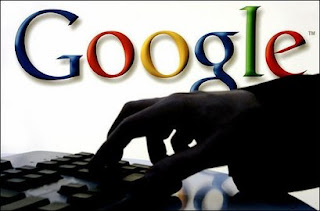 At least some Gmail Chat users now can send text messages to buddies on their mobile phones using Gmail Chat. Recipients also can respond to those text messages just like they would respond to messages sent directly from a mobile phone, as well. As is typical for new feature introductions, the feature is being rolled out in phases, so not every Google Chat user has access to the feature right now.
At least some Gmail Chat users now can send text messages to buddies on their mobile phones using Gmail Chat. Recipients also can respond to those text messages just like they would respond to messages sent directly from a mobile phone, as well. As is typical for new feature introductions, the feature is being rolled out in phases, so not every Google Chat user has access to the feature right now.Google appears to enable that function by providing a virtual phone number. The feature also works for mobiles responding from outside the United States, but the operation isn't quite so automated.
The ability to send a text message from a PC is not new. The ability to receive text message replies to a PC is.
To send text messages, users enter a contact name in the "Search or invite friends" box in "Chat," and select "Send SMS" from the box of options. If a chat window already is open for that contact, users just click "Video & more," and select "Send SMS."
If your contact replies, the text message response will appear as a reply in "Chat." These conversations are stored in your Chat history just like regular chats.



